Rebirth and liberation are the twin fates that await the Hindu dead, but there are temporary sojourns to heaven and hell as well.
By Devdutt Pattanaik
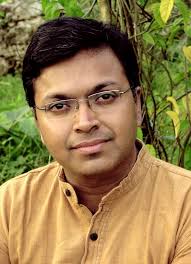 When a young Adi Shankaracharya asked permission to become a monk 1,200 years ago, his widowed mother gave her assent reluctantly, but with one caveat, that he would perform her funeral rituals. As a Hindu monk, one is technically dead. The ritual of becoming a Hindu monk involves performing funeral rites of the living person who then gives up all ties to the former life, takes on a new name and is born as a sanyasi, with his guru as his new parent. So technically, Adi Shankaracharya’s mother was asking him to come back from the dead. And he did.
When a young Adi Shankaracharya asked permission to become a monk 1,200 years ago, his widowed mother gave her assent reluctantly, but with one caveat, that he would perform her funeral rituals. As a Hindu monk, one is technically dead. The ritual of becoming a Hindu monk involves performing funeral rites of the living person who then gives up all ties to the former life, takes on a new name and is born as a sanyasi, with his guru as his new parent. So technically, Adi Shankaracharya’s mother was asking him to come back from the dead. And he did.
Defying all social norms and the rage of the Brahmin elders, who refused to help him, he cremated her with his own hands in his own house. In some legends, he had to cut her body into pieces, so he could carry her entirely to the backyard. He placed the different parts of the body on a pile of banana stems, covered her with banana leaves, and ignited the fire using the power of yoga (since no household would give him fire). This was important, as only by this fire sacrament could he ensure that she would move on to pitrloka, the world of ancestors, and await rebirth.
In all probability, Shankara himself, like Shankaracharyas after him (including the Kanchi Shankaracharya a few weeks ago), was buried in a seated position, and a sacred plant, either bilva or tulsi or banyan, planted to mark the spot. For, as per belief, a sanyasi has the fire of knowledge in him and does not need to be part of a firesacrament. His body must be given to the elements, as he will never return to the cycle of birth and death, or samsara.
This story of Shankaracharya reveals the complexity of Hindu belief in the matter of death. Your social body can die even though your material body is still alive. When the material body dies, your spiritual body survives, moves on to the land of the dead, and awaits rebirth in a new material body. And if you are an elevated soul then your spiritual body does not return to the material realm. It is liberated forever. Thus rebirth and liberation, represented by water and fire, are the twin fates that await the Hindu dead. It is often said that if one dies in Kashi one will not be reborn, which is why thousands go to die in Varanasi, or demand that their last rites be performed there.
But if you read the Garuda Purana, another fate awaits you. You could be sent — temporarily — to a hell where you will suffer for crimes committed when you were alive, and, if you are lucky, to a paradise. Only then you are sent to the land of the dead from where you await rebirth. This heaven/hell paradigm, albeit temporary, adds a layer to the rebirth/liberation paradigm, and is said to have entered Indian thought via Persians (Zoroastrian) and Greeks who engaged with India roughly 2,300 years during and after the Mauryan Age. It influenced not only Hinduism, but also Jainism and Buddhism, and spread via Buddhism to China and beyond. Hindus, of course, made the heaven/hell paradigm even more complicated: there was not one heaven and one hell; there were multiple heavens and hell, different for different people depending on the accumulated good karma and bad karma.
What about the Vedas? What does Veda have to say? Hymns in Rig and Atharva Vedas display a yearning for afterlife, for there are various words used for spirit or soul, what Gita refers to much later as resident (dehi) of the body (deha): asu, manas, prana, jiva and atma. And there is speculation where this will go. In one hymn, the eye goes to the sun and the breath to the wind. In another hymn, the earth is being asked to embrace the dead body as a mother holds her child or as a wife holds her husband. In yet another hymn, the charred remains of a cremated body are buried with sesame and water poured on it to enable rebirth. Thus, we see many beliefs indicating multiple schools of thought.
Even though Rig Veda refers to realm of ancestors ruled by Yama, the first human to die, and to paradise (swarga) and to hell (naraka), it is not quite in the sense we use it today. Rebirth as a concept had not quite developed 3,500 years ago. It was fully developed, with its complex understanding of karma, only by the time of the Buddha, so roughly 2,500 years ago, with ideas of multiple heavens and hells emerging 2,000 years ago. Later still, Yama was made keeper of karmic accounts, with Chitragupta serving as his scribe.

Readers like you, make ESHADOOT work possible. We need your support to deliver quality and positive news about India and Indian diaspora - and to keep it open for everyone. Your support is essential to continue our efforts. Every contribution, however big or small, is so valuable for our future.

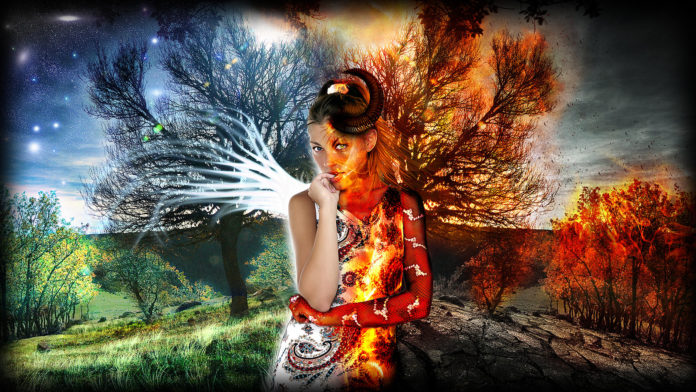


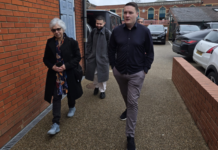

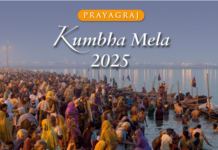
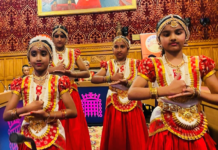




Death rebirth and reincarnation are part of Hindu belief. Many of my western colleagues tend to take a simplistic view of Karma and criticise how we treat the poor in India hinting that the better of must think that its their Karma which made them suffer. However as the article demonstrates, the message is more complex and only a learned person can explain without complication. The great thing is we are one of the most respected religions in the world, so much that you find blatant examples of people of other faith changing their names to sound like ours